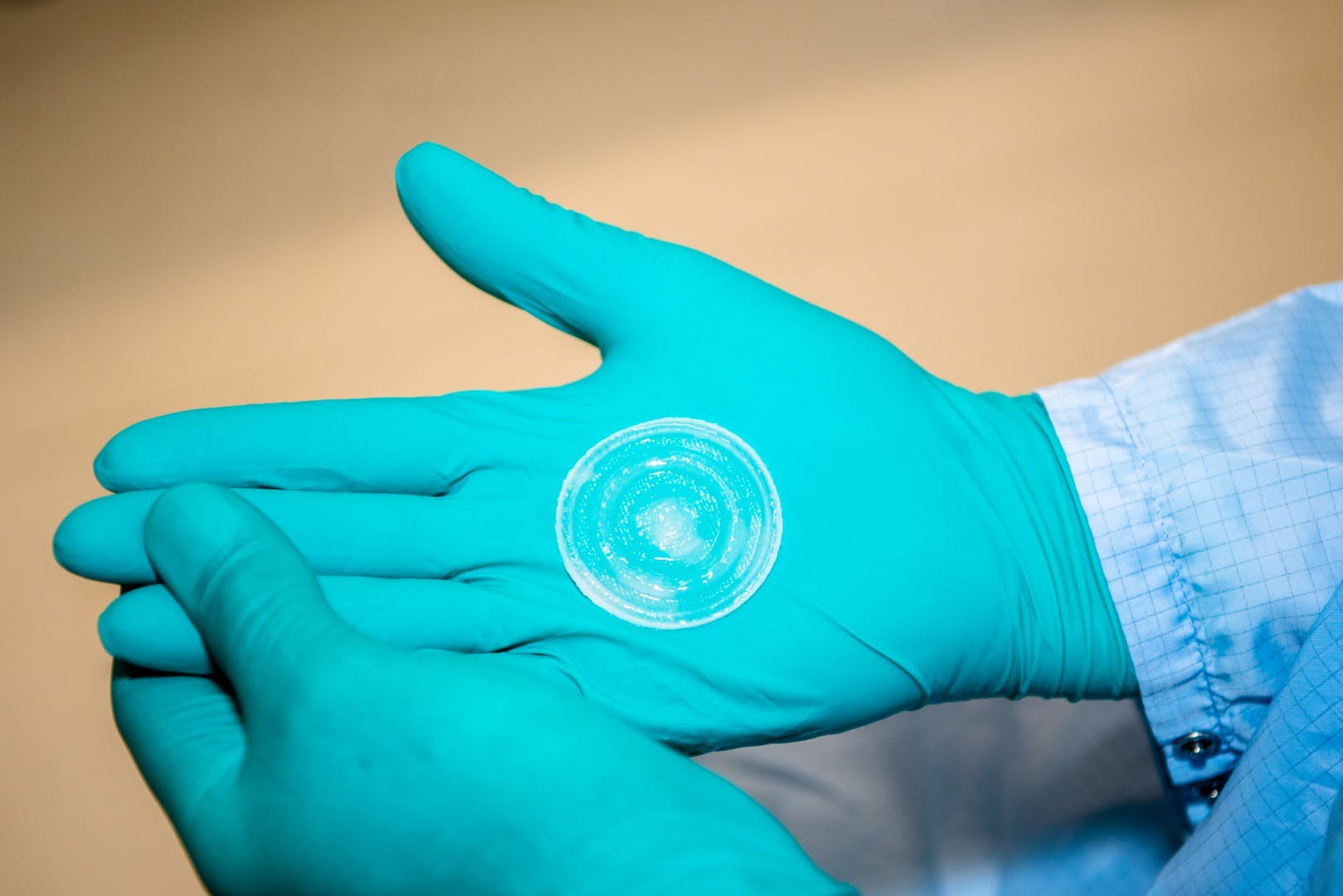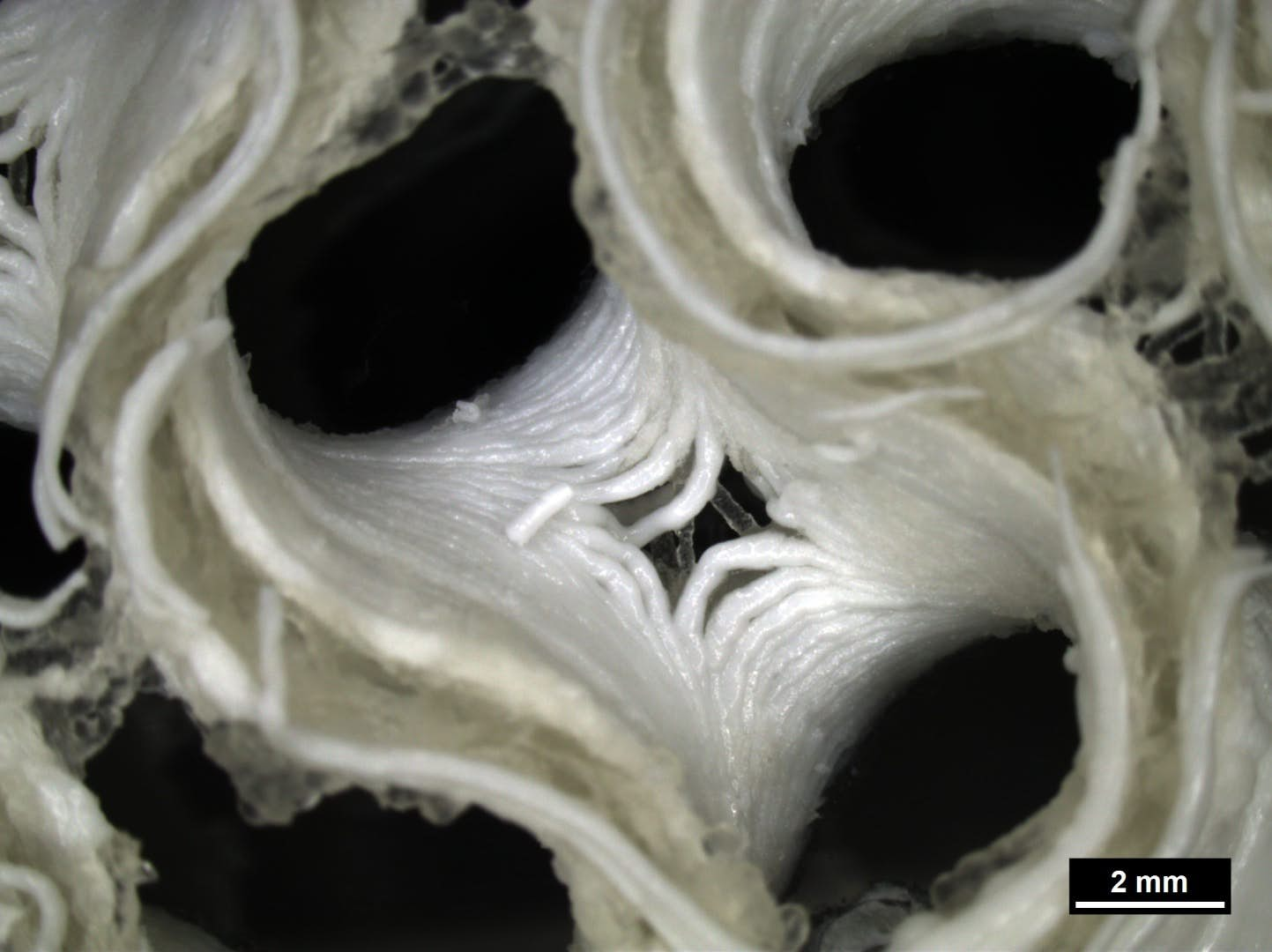
In addition to their myriad other responsibilities, the brave Mars pioneers will also have to be ready to deal with all kinds of medical emergencies. Some ailments, such as common colds and headaches, may be easy to tackle with medication. To help them with more serious issues, like severe skin burns or bone fractures, scientists from the Dresden University of Technology (TUD) have developed a 3-D bioprinter capable of producing human tissue in space.
3-D bioprinters are similar to traditional 3-D printers, with one key difference. Instead of creating objects from materials like plastic, ceramic, or wood, they deposit layers of biomaterial, made largely from living cells, to build complex human tissue. Since the raw material is not readily available, researchers begin by taking a few cells from the required organ, such as lung or skin, and cultivating them in the laboratory. Once enough cells have been generated, they are used to create "bio-ink," which is loaded into the printer. This, as you can imagine, is no easy task, and despite trying for many years, scientists have still not been able to regenerate human organs for widespread use.

Bioprinting in space has even more challenges. The biggest is finding cells to cultivate and create the required bio-ink. There is also the issue of the printer being able to operate in the low gravity conditions like the one the astronauts will encounter on Mars.
The TUD scientists, who are working in collaboration with the European Space Agency’s (ESA) 3D Printing of Living Tissue for Space Exploration project, believe the first hurdle can be overcome by using cells from the injured astronaut.
"Skin cells can be bioprinted using human blood plasma as a nutrient-rich 'bio-ink,' which would be easily accessible from the mission crew members," says Nieves Cubo Mateo, a bioprinting specialist at TUD. The bones can be made with the help of human stem cells and fortified with calcium phosphate bone cement. Mateo says using biomaterial from the astronauts themselves also eliminates the risk of transplant rejection.

To ensure the bioprinter works in low, or zero, gravity conditions, the researchers built one that works upside down. To prevent the bio-ink from flying around, they incorporated plant and algae-based materials to increase its viscosity.
The TUD researchers, who revealed the first bioprinted bone and skin samples on July 9, 2019, believe that once developed, the technology could help astronauts treat acute injuries. Tommaso Ghidini, head of ESA's Structures, Mechanisms and Materials Division, agrees. The expert says, "Carrying enough medical supplies for all possible eventualities would be impossible in the limited space and mass of a spacecraft. Instead, a 3D bioprinting capability will let them respond to medical emergencies as they arise."
Resources: Cnet.com,newatlas.com, sciencetimes.com
